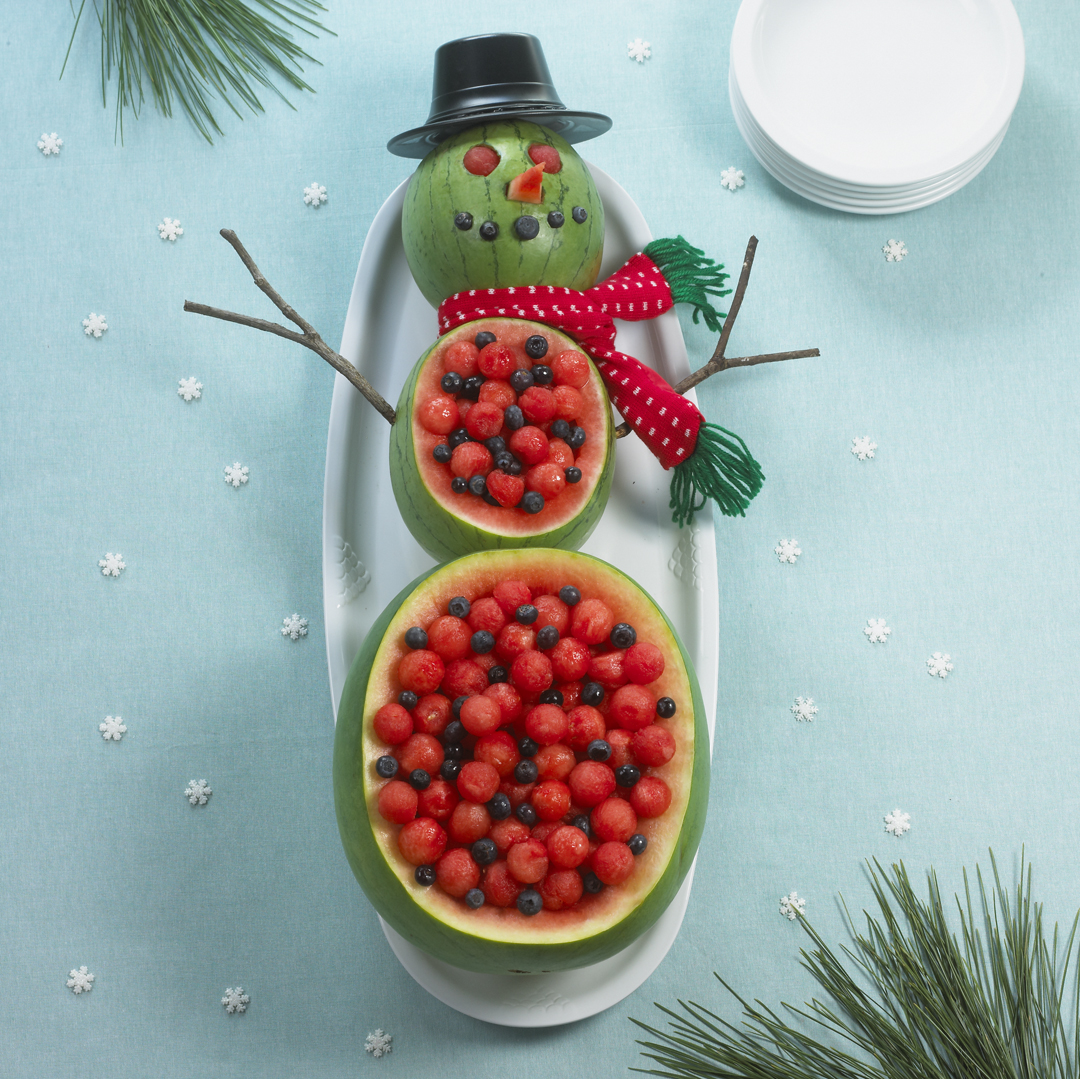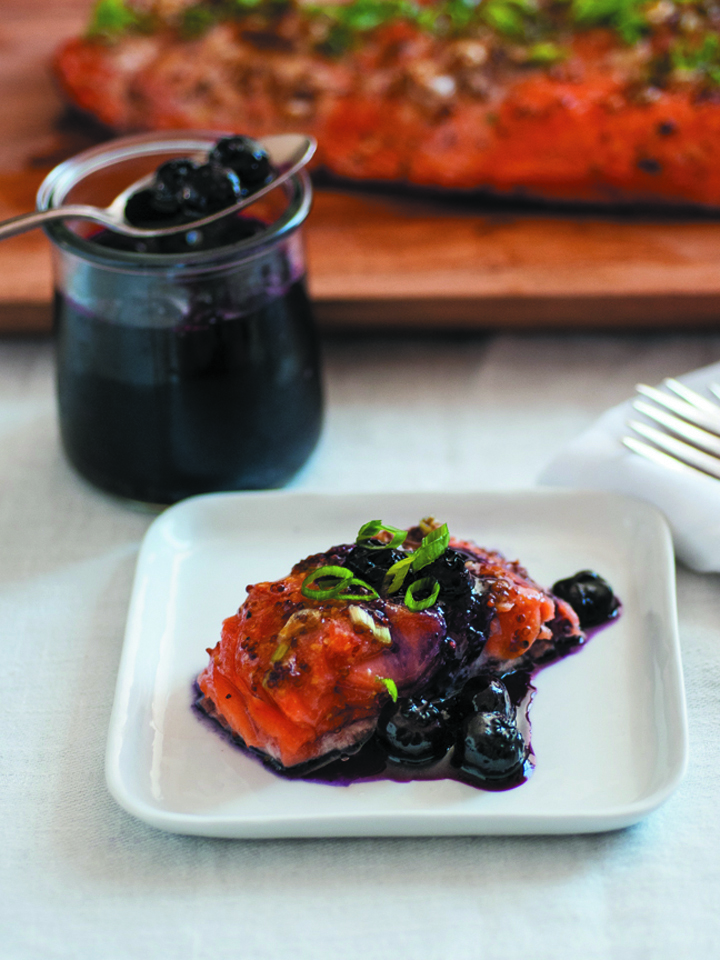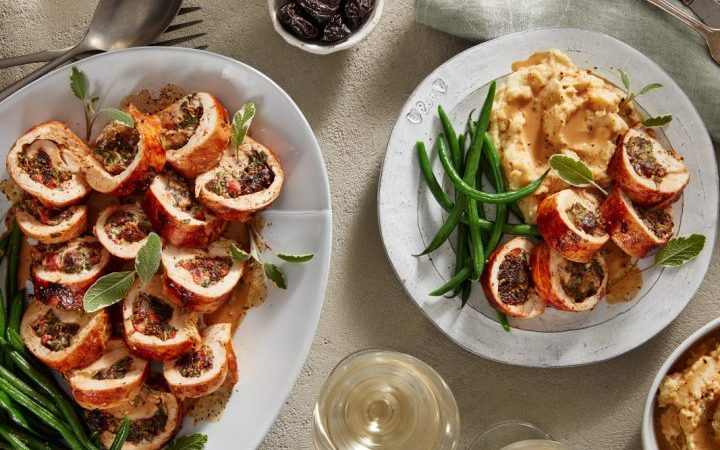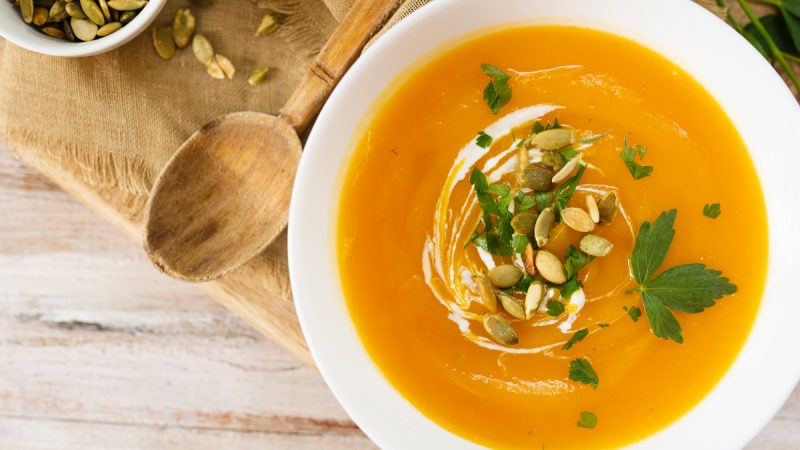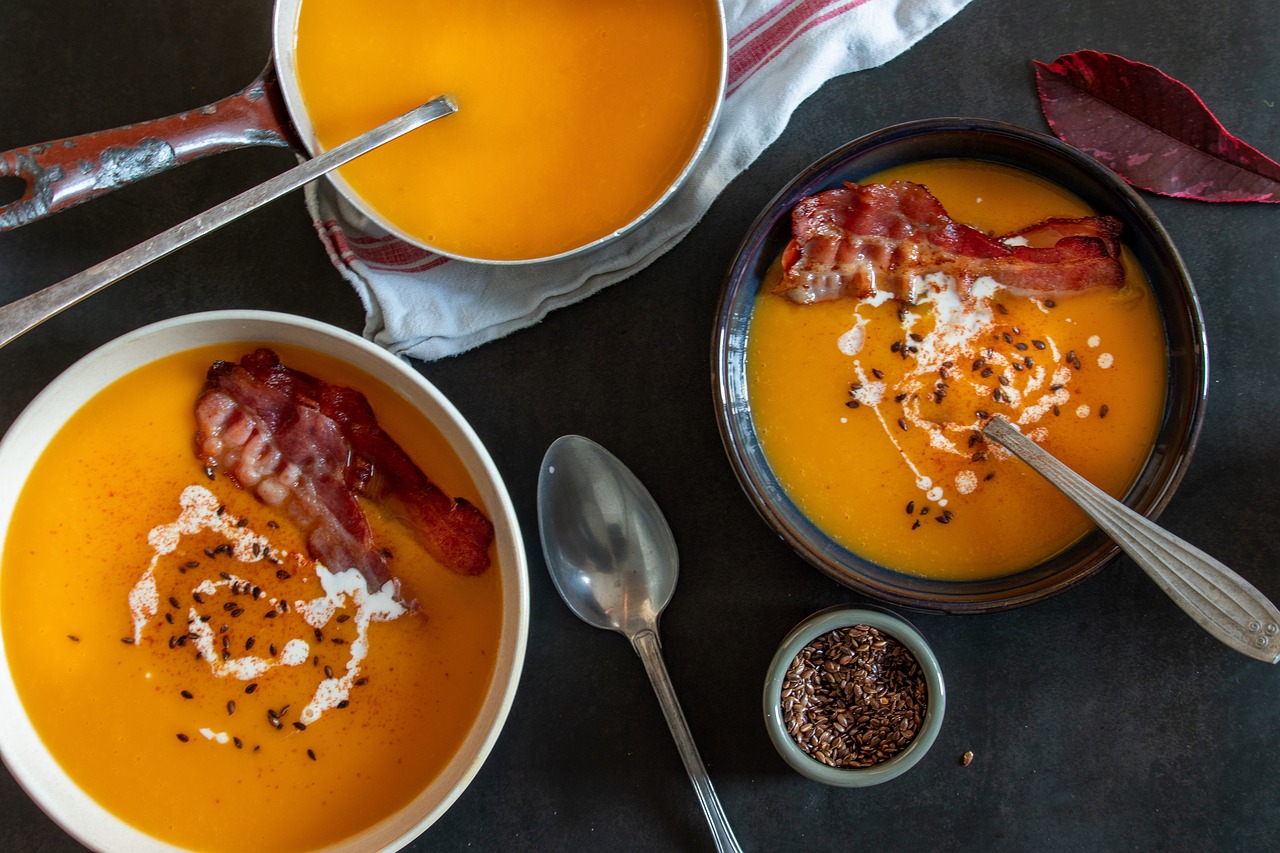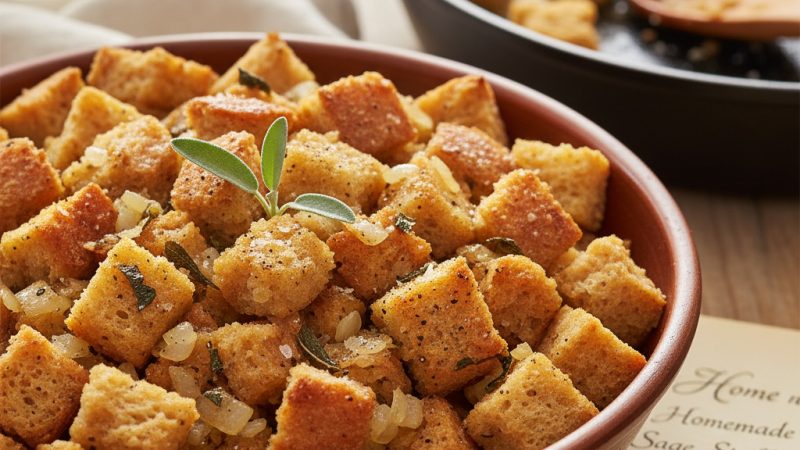Herb-Roasted Chicken Breast
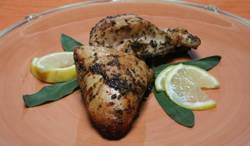
It’s Spring, Time to Refresh Your Herbs
Spring cleaning is a universal practice. In most countries, it includes emptying the pantry by either using up or throwing out old ingredients.
In Sicily, they serve maccù, a thick bean stew, to mark the feast of San Giuseppe on March 17. A dish with symbolic meaning, it also sensibly uses up all the dried beans and lentils left from the previous fall’s harvest before summer’s heat dries them out. This also makes room for storing the new harvest to come.
The housecleaning that observant Jews perform before Passover includes getting rid of foods for religious reasons, but also has a similar benefit, making sure that at least once a year grains and other items that can spoil are discarded.
Whether or not you clean the rest of the house, here is one spring-cleaning ritual I recommend: Pitch out and replace most of the dried herbs and ground spices you have.
Extravagant, you say, since they do not spoil and can be costly? True, dried basil and other herbs, and ground spices like paprika, do not spoil in the conventional sense. But exposure to light and air, especially in the kitchen’s heat, makes their pigments and the essential oils that contribute much of their flavor evaporate or change over time. (The strength of their health-protective phytochemicals could also be weakened.) Paprika loses one percent of its color every 10 days at 70 degrees, according to the American Spice Trade Association. That’s why I keep it in the fridge, where it stays bright red and pungent for at least six months.
Six months is the recommended time for renewing your stock of dried herbs and ground spices. (Whole spices like nutmeg, peppercorns, star anise and stick cinnamon can last for years.) Doing this will help your pasta sauce taste more like the one you ate in Rome, and your cinnamon cookies taste like grandma’s did.
Today, many spices and herbs are being sold in smaller amounts, so that replacing them cost less. To prove this is worth doing, make this herb-seasoned chicken, using half of the seasonings with what you have now, and the other half with fresh replacements. The proof, as they say, is in the eating.
Herb-Roasted Chicken Breast
– Makes 4 servings.
- 2 tsp. minced garlic
- 1 tsp. grated lemon zest
- 1/4 tsp. dried oregano
- 1/4 tsp. dried thyme
- 1/4 tsp. ground sage
- 1/8 tsp. ground fennel (optional)
- Pinch of cayenne pepper
- 1/2 tsp. salt
- 1/8 tsp. freshly-ground black pepper
- 1 Tbsp. extra-virgin olive oil
- 1 Tbsp. lemon juice
- 1 split whole skinless chicken breast with ribs, about 1 1/2 lbs, cut into 4 pieces
- Olive or canola oil cooking spray
Preheat the oven to 375 degrees.
In a small bowl, combine the garlic, lemon zest, oregano, thyme, sage, fennel (if using), cayenne, salt and black pepper. Whisk in the oil and lemon juice. Rub the mixture over the chicken pieces, coating the pieces well. Place the chicken on a plate, cover with plastic wrap, and set aside for 15 minutes.
Arrange the chicken in a shallow baking dish just large enough to hold the 4 pieces. Bake for 15 minutes. Lightly coat the chicken with cooking spray, and bake 15 minutes more. Spray the chicken again. Bake until the juices run clear and the meat looks white when the breast is pierced with a knife in the center at its thickest point, about 10 minutes more. Let sit 10 minutes for the juices to settle before serving. Serve hot or at room temperature.
Per serving: 188 calories, 5 g. total fat (1 g. saturated fat), 1 g. carbohydrate, 31 g. protein, 0 g. dietary fiber, 379 mg. sodium.
The Author:
“Something Different” is written by Dana Jacobi, author of 12 Best Foods Cookbook and contributor to AICR’s New American Plate Cookbook: Recipes for a Healthy Weight and a Healthy Life.

